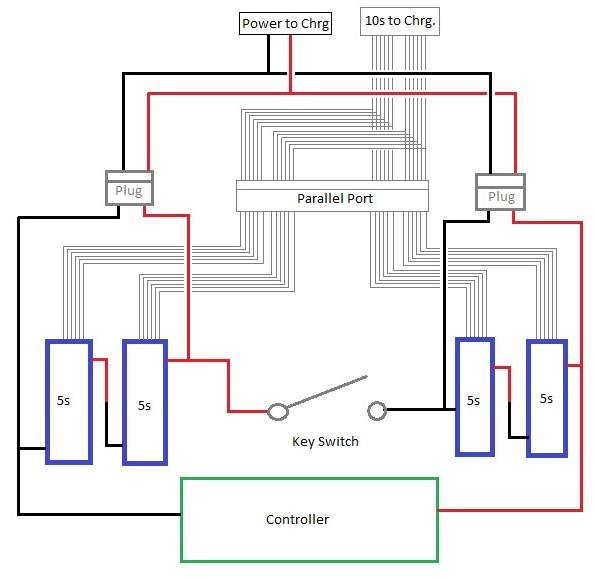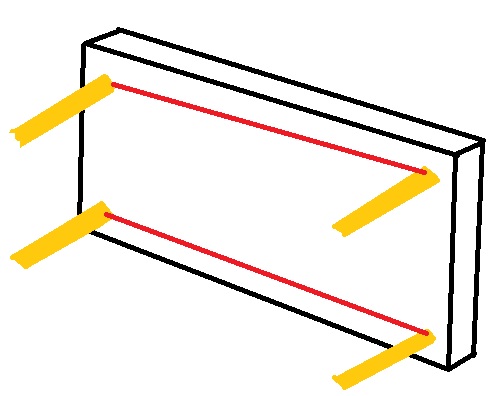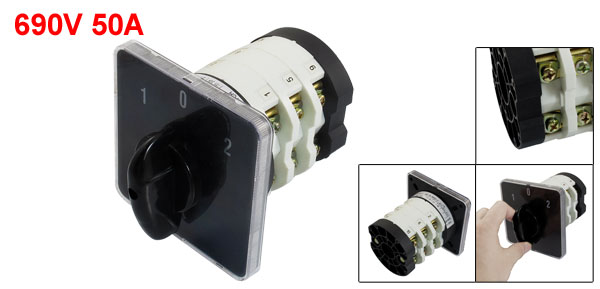billyjones454
100 mW
- Joined
- Feb 16, 2011
- Messages
- 44
I use 8 5000mah 5S lipo batteries in a 20s2p configuration for 74v 10ah.
At the moment I break the pack back down to 5s each time I charge, which is kind of a tedious. I'd like to simplify the process, and I think that my new setup will work, I just don't want to fry anything, so I thought I'd get some feedback before I move forward with the process.
This is my idea:

Basically the key switch that I use (Crystalyte motor/controller/switch/throttle kit) will separate the pack's main leads from 20s to 2 x 10s packs. AFTER the main leads are disconnected, I plug in my parallel port which will put the 2 packs balance plugs parallel. When I plug my main leads into the charge harness they will be paralleled also. This allows me to charge the whole pack as 1 10s 10ah pack.
This biggest concern I have is how well the packs will stay in balance. If they are out of balance significantly and I plug in my serial port, wires are going to melt, at best. What do you think the likelyhood of that happening would be (hard question to answer, I know)? Also, will there be any ill effects of having the controller leads still hooked up? I could add an additional switch to disconnect the controller too...
Thanks for any and all input.
At the moment I break the pack back down to 5s each time I charge, which is kind of a tedious. I'd like to simplify the process, and I think that my new setup will work, I just don't want to fry anything, so I thought I'd get some feedback before I move forward with the process.
This is my idea:

Basically the key switch that I use (Crystalyte motor/controller/switch/throttle kit) will separate the pack's main leads from 20s to 2 x 10s packs. AFTER the main leads are disconnected, I plug in my parallel port which will put the 2 packs balance plugs parallel. When I plug my main leads into the charge harness they will be paralleled also. This allows me to charge the whole pack as 1 10s 10ah pack.
This biggest concern I have is how well the packs will stay in balance. If they are out of balance significantly and I plug in my serial port, wires are going to melt, at best. What do you think the likelyhood of that happening would be (hard question to answer, I know)? Also, will there be any ill effects of having the controller leads still hooked up? I could add an additional switch to disconnect the controller too...
Thanks for any and all input.





